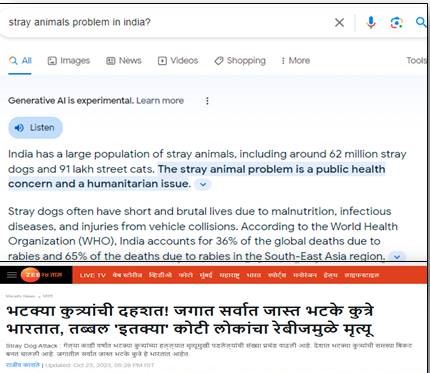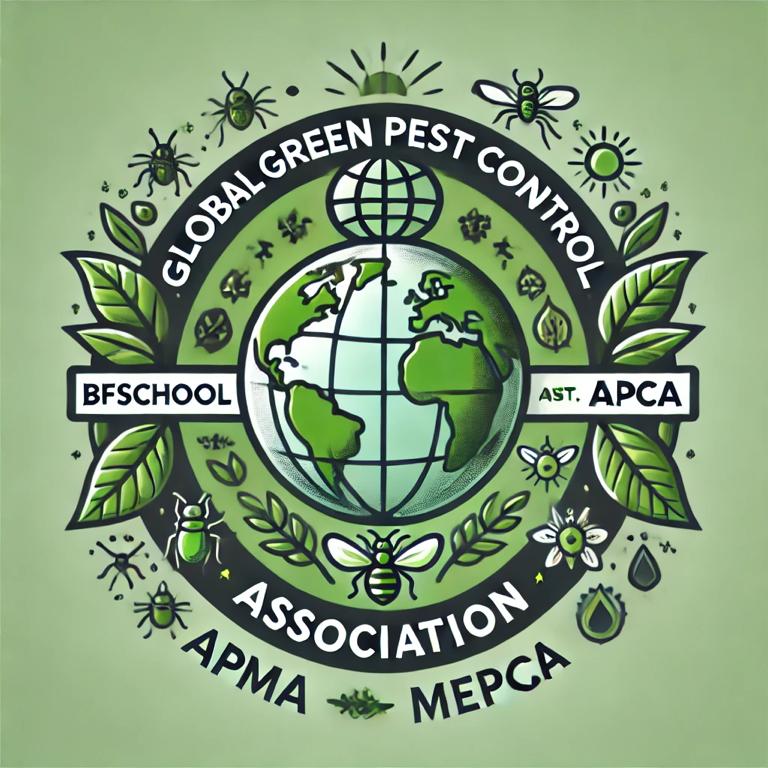Understanding and Managing Stray Dog Behaviour: Insights and Practical Solutions
Stray Dogs are a common sight in many Urban and rural areas worldwide, presenting a range of challenges for the communities they inhabit. While often harmless, their pack behaviour can pose a threat, particularly at night when their numbers provide a sense of embodiment. However, Compassionate and Non-Harmful Management Practices can mitigate these Challenges, ensuring Safety for both the Animals and Human residents. This essay extends the discussion on Stray Dogs by examining their behaviour, the effectiveness of Deterrents and Humane Management Strategies.
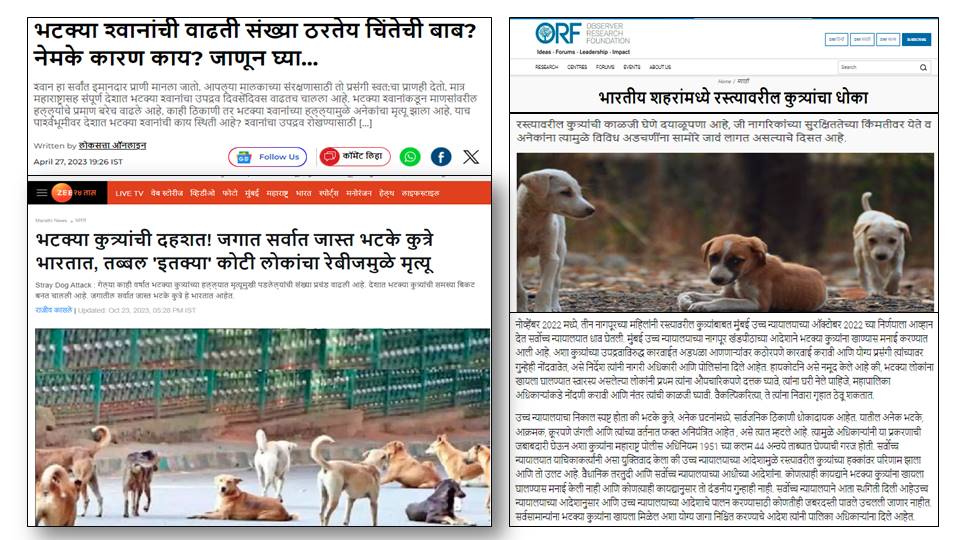
Stray Dogs: Social and Adaptive Creatures
Stray Dogs are highly adaptive, learning quickly to navigate the complexities of their environments to survive. They tend to form packs, which are Social Structures that provide Protection and enhanced success in foraging for Food. This pack behaviour, while a survival Mechanism, can lead to Aggressive Group Dynamics, especially when they perceive a threat or compete over Resources.
At night, Stray Dogs are more active and can be perceived as more threatening due to their bold behaviours when in packs. Single pedestrians are often seen as intruders or threats, which can trigger defensive or even aggressive responses from these Dogs.
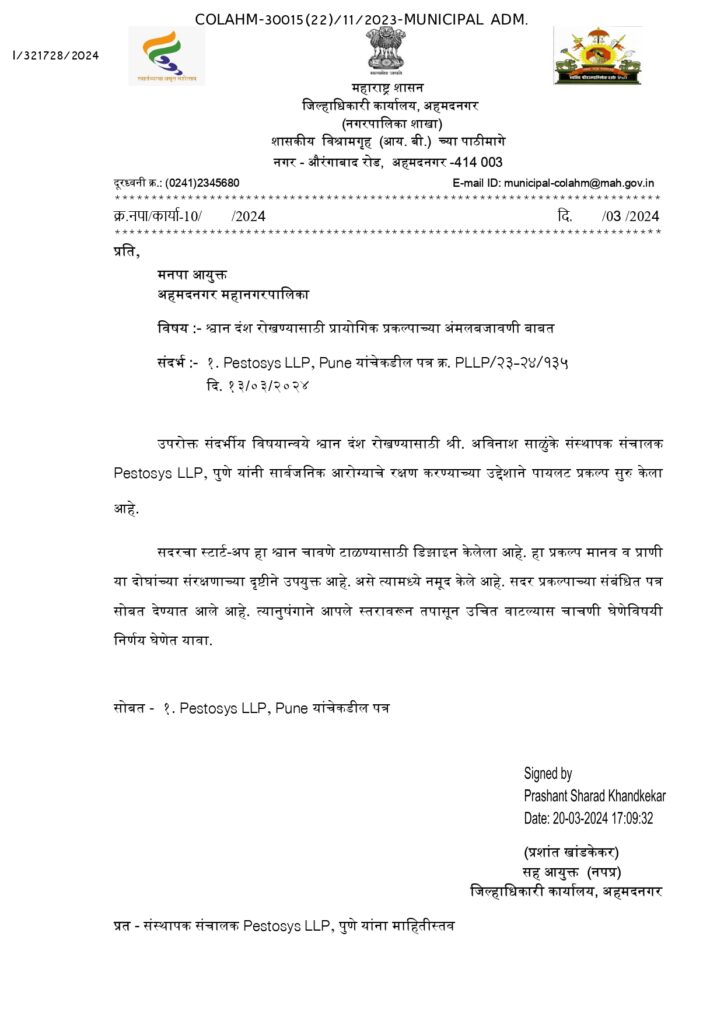
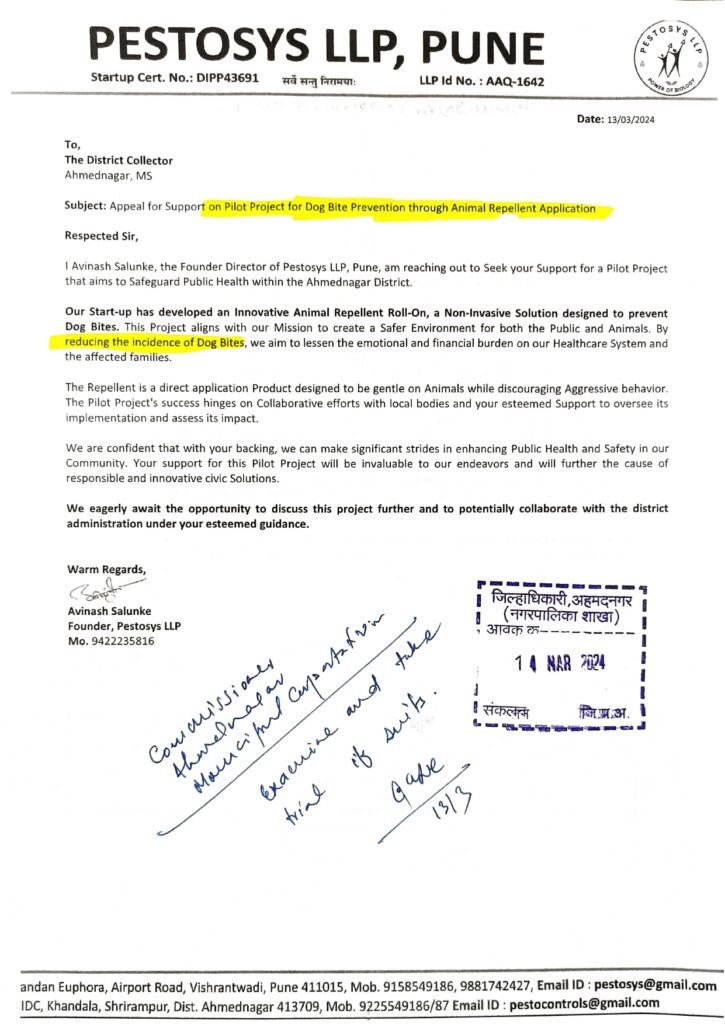
Non-Invasive Deterrents: The Role of Visual Cues
One intriguing, Non-Invasive method to manage Stray Dog behaviour involves the use of visual Deterrents. An example is placing Red-Coloured Water Bottles in areas where Dogs frequently sit, urinate, or defecate. It is observed that Stray Dogs tend to avoid these spots once the bottles are placed. While the specific reasons why Dogs might be Deterred by these red bottles are not fully understood, it is believed that the unusual appearance of the bottles disrupts their normal behaviour patterns.
Hanging these bottles can also be effective. The movement and presence of these objects in unexpected places may create a visual disturbance that Dogs wish to avoid. This method offers a simple, humane way to keep Stray Dogs from congregating in certain areas without causing them harm.
Limitations and Enhancements to Deterrent Strategies
While the red bottle technique can be effective, it is not universally so. Habituated Dogs, or those that have become accustomed to Human activities and interventions, may not respond as expected. In such cases, additional measures may be necessary.
One effective enhancement is the use of Scent-Based Deterrents, such as the “Animal Out” Repellent Product. This Repellent emits Odours that are unpleasant to Dogs but not harmful. The Smell provides a Strong Signal to the Dogs to avoid areas treated with the Product. However, like visual Deterrents, Scent-Based Products need to be reapplied periodically to maintain their effectiveness.
Integrating Strategies for Long-Term Management
To manage Stray Dogs effectively and humanely, a combination of Strategies often works best:
- Community Education: Educating Local residents about Stray Dog behaviour and effective Deterrent techniques can empower communities to handle situations more confidently.
- Feeding Regulations: Implementing community guidelines about not feeding Stray Dogs can reduce food-related congregations and associated aggressive behaviours.
- Shelter and Adoption Programs: Encouraging the development of Local Shelters and promoting adoption can help reduce the Stray Dog Population over time.
- Sterilization Programs: Sterilization is a key Strategy in managing Stray Dog Populations. Reducing reproduction rates can gradually decrease the number of Stray Dogs.
Conclusion
Managing Stray Dogs is a complex challenge that requires a balance of compassion and practical intervention. By understanding their behaviour and employing a range of non-invasive Management Strategies, communities can reduce the risks associated with Stray Dogs while also enhancing their Welfare. Visual Deterrents like Red Water Bottles, combined with Scent-Based Repellents and broader community-led initiatives, represent a comprehensive approach to dealing with this issue effectively. Through continued Education, Community Engagement and Innovative Management Solutions, we can create Safer, more Harmonious Environments for both Humans and Stray Dogs.

